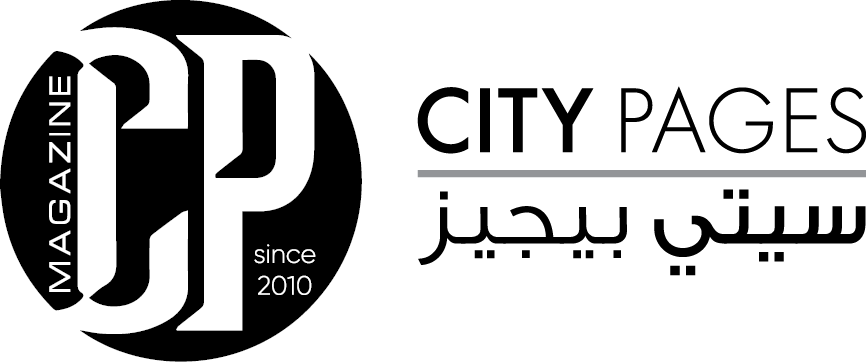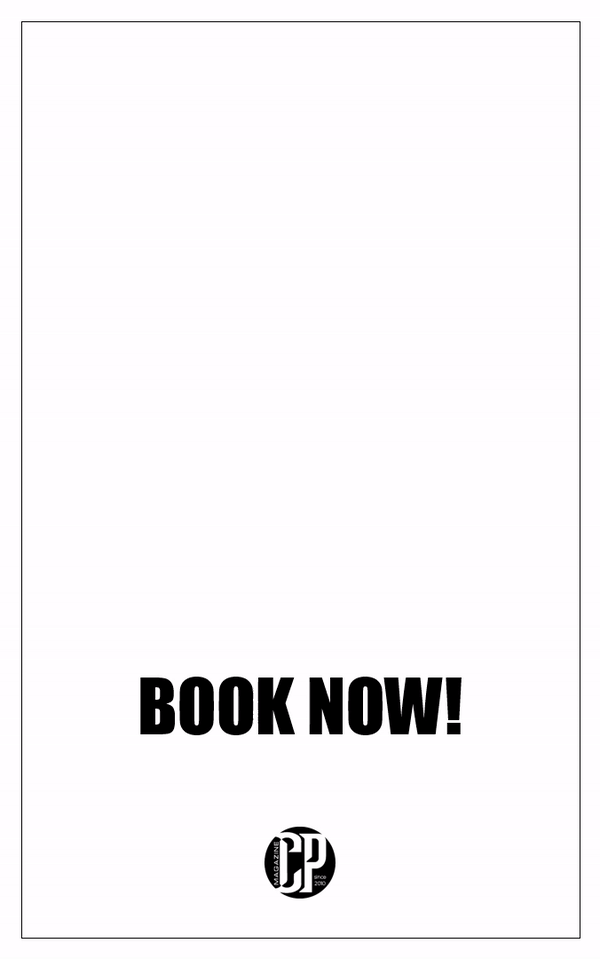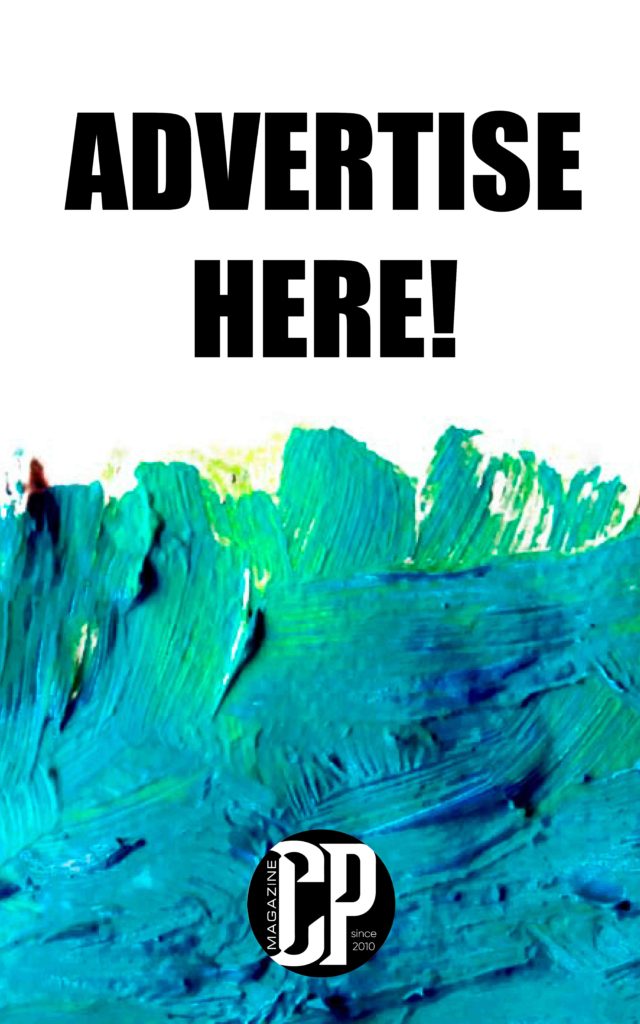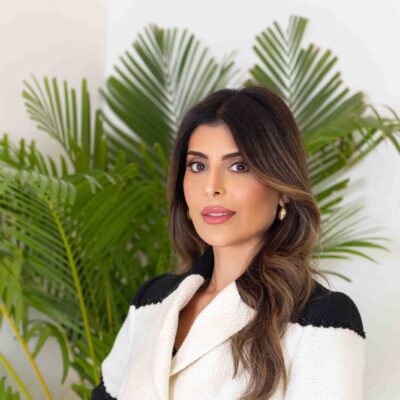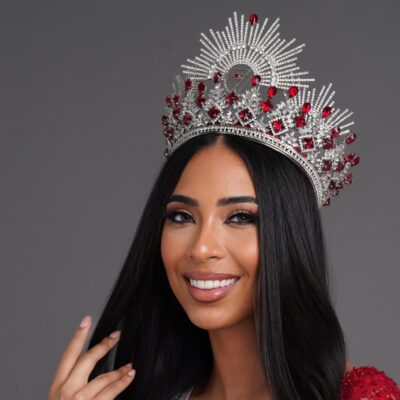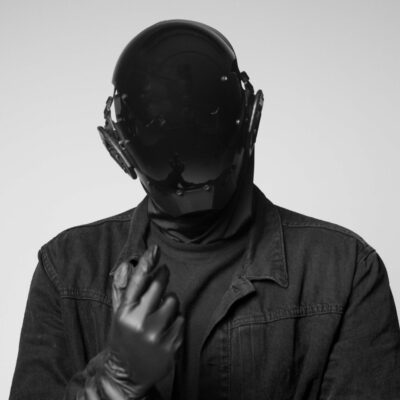In the ever-evolving landscape of Kuwaiti cinema, few directors have managed to leave an indelible mark quite like Jasem Al-Muhanna. A visionary filmmaker with a keen eye for storytelling, he has redefined the region’s cinematic standards, blending cultural authenticity with global appeal. From his critically acclaimed projects to his innovative approach to visual storytelling, Jasem has consistently pushed the boundaries of Kuwaiti and Gulf filmmaking, proving that regional narratives can resonate on an international scale.

In this exclusive interview with CP Magazine, we delve into the mind of a director whose passion for cinema is matched only by his relentless pursuit of excellence. He shares insights into his creative process, the challenges of elevating Kuwaiti storytelling, and his meticulous approach to crafting immersive cinematic experiences.
From his early inspirations to his most ambitious projects yet, Jasem offers a candid look at the art and discipline behind his work. He discusses the importance of precision, the balance between cultural authenticity and universal storytelling, and the lessons he has learned throughout his career.

With a future that promises even greater cinematic achievements, Jasem Al-Muhanna stands as a testament to the power of vision, dedication, and the ever-expanding potential of Kuwaiti cinema. Join us as we explore the journey of a filmmaker who is shaping the future of Gulf storytelling—one frame at a time.

Can you tell us about your journey into the world of directing? What inspired you to become a filmmaker?
My journey into directing has been fueled by an obsession with storytelling and a relentless pursuit of visual language that resonates beyond the screen. From the very beginning, I was captivated by the way films could shape emotions, manipulate time, and craft entire worlds, turning the ordinary into something cinematic—something unforgettable.
Akira Kurosawa was my first true inspiration. His mastery of movement within the frame, his ability to turn a single cut into poetry, and his profound sense of humanity shaped my understanding of cinema. His films taught me that storytelling isn’t just about what’s being said but how it’s being shown—the rhythm of an edit, the choreography of actors within the frame, the way the camera breathes with the story.
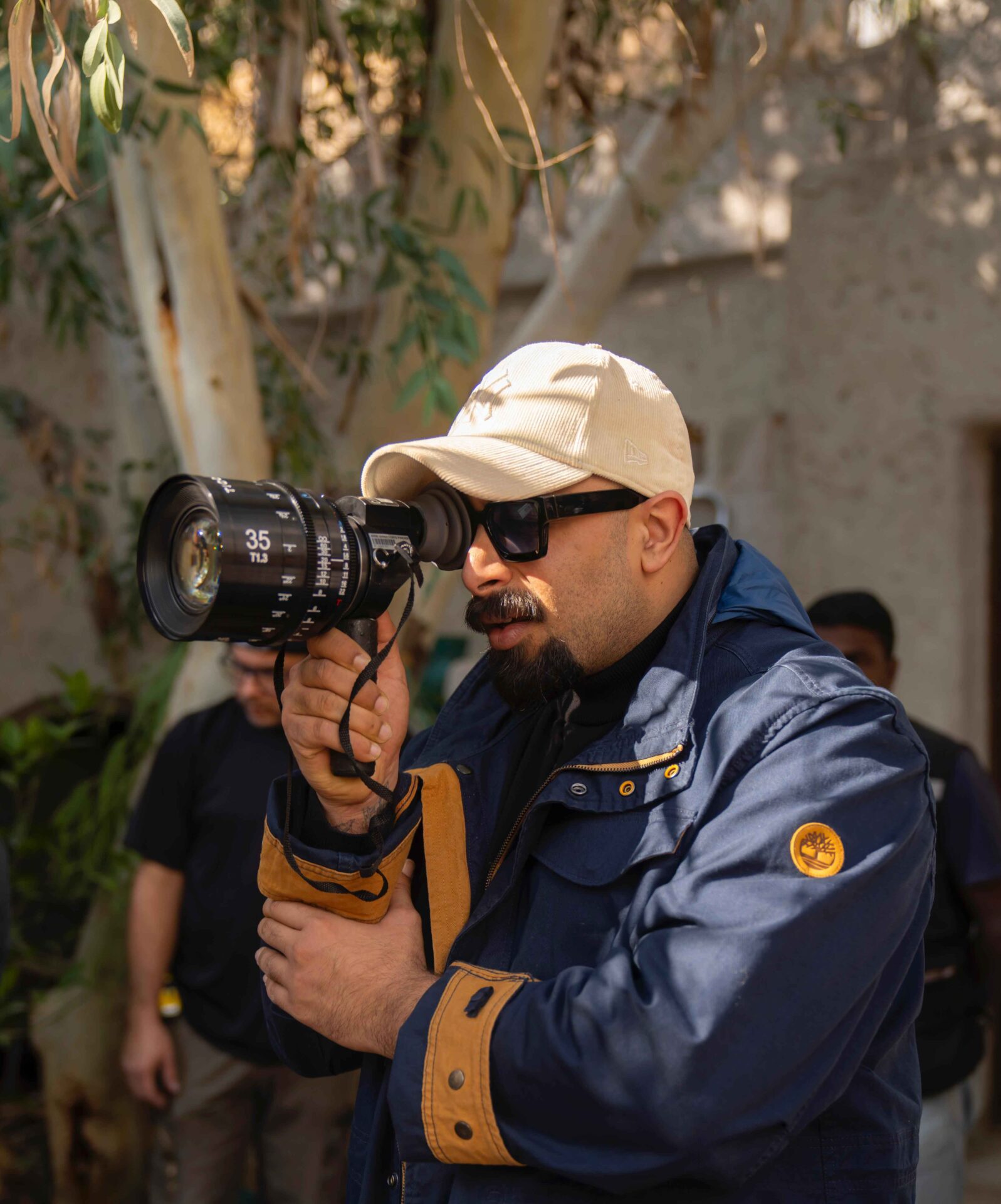
Then came Guy Ritchie and Edgar Wright, two filmmakers who redefined pace and style for me. Ritchie’s kinetic energy, his rapid-fire cuts, and his sharp, almost musical approach to dialogue showed me that a director could inject personality into every frame. Wright’s seamless transitions, his use of visual comedy, and his rhythmic storytelling pushed my appreciation for how editing can be as expressive as the performance itself.
And then, there’s David Fincher—the master of precision. His obsessive attention to detail, his ability to create tension through composition and subtle movement, and his signature dark, immersive atmospheres completely changed how I viewed filmmaking. Fincher’s control over his craft, the way he manipulates every element—lighting, camera movement, color grading—taught me the power of discipline in directing.
Bringing all of these influences together, my passion lies in crafting films that aren’t just stories but experiences. I want to create a visual language that feels uniquely mine something that draws people in, makes them feel, and stays with them long after the screen fades to black.
You have transformed the quality and storytelling of Kuwaiti series—what drives you to push these boundaries?
What drives me is the belief that Kuwaiti storytelling deserves a cinematic language as rich and refined as any global production. I approach every project with a director’s precision meticulous framing, dynamic pacing, and a deep focus on visual storytelling. It’s not just about making better series; it’s about redefining the way we tell our stories, pushing beyond conventions to create something bold, immersive, and unforgettable.

How did it feel to be the first Kuwaiti and Gulf director to have three original works produced by Netflix?
It felt like a statement proof that Kuwaiti and Gulf storytelling can stand on the global stage with the same cinematic depth and impact as any international production. For me, it wasn’t just about being first; it was about setting a standard. Every frame, every cut, every performance had to reflect a level of craft that speaks beyond borders. This isn’t just about making content; it’s about creating cinematic TV shows that resonate, no matter where you’re watching.
What was the biggest challenge in directing The Exchange 2, and how did you overcome it?
The biggest challenge in directing The Exchange 2 was scaling up everything bigger stakes, more intricate character arcs, and a richer visual language while staying true to the essence of the first season. Managing a larger production meant balancing period authenticity with dynamic storytelling, ensuring that every detail—from performances to cinematography—felt elevated. I approached it with precision, stamina, and a clear vision, embracing the complexity rather than letting it overwhelm the story. It wasn’t just about making a sequel; it was about pushing the craft further, delivering a show that feels bigger, bolder, and even more immersive.
The Exchange 2 has been incredibly successful—what do you think resonates most with audiences?
What resonates most with audiences is the emotional truth at the heart of The Exchange 2. I worked relentlessly to craft a visual and narrative language that doesn’t just tell a Kuwaiti story but translates it into something universally powerful. Every frame, every performance, and every moment were designed to hit a raw, human nerve whether it’s ambition, resilience, or the struggle for independence. It’s a true Kuwaiti story, but told with an international cinematic sensibility, making it feel just as relevant to someone in New York or London as it does to someone in Kuwait. That’s the power of storytelling when done right.
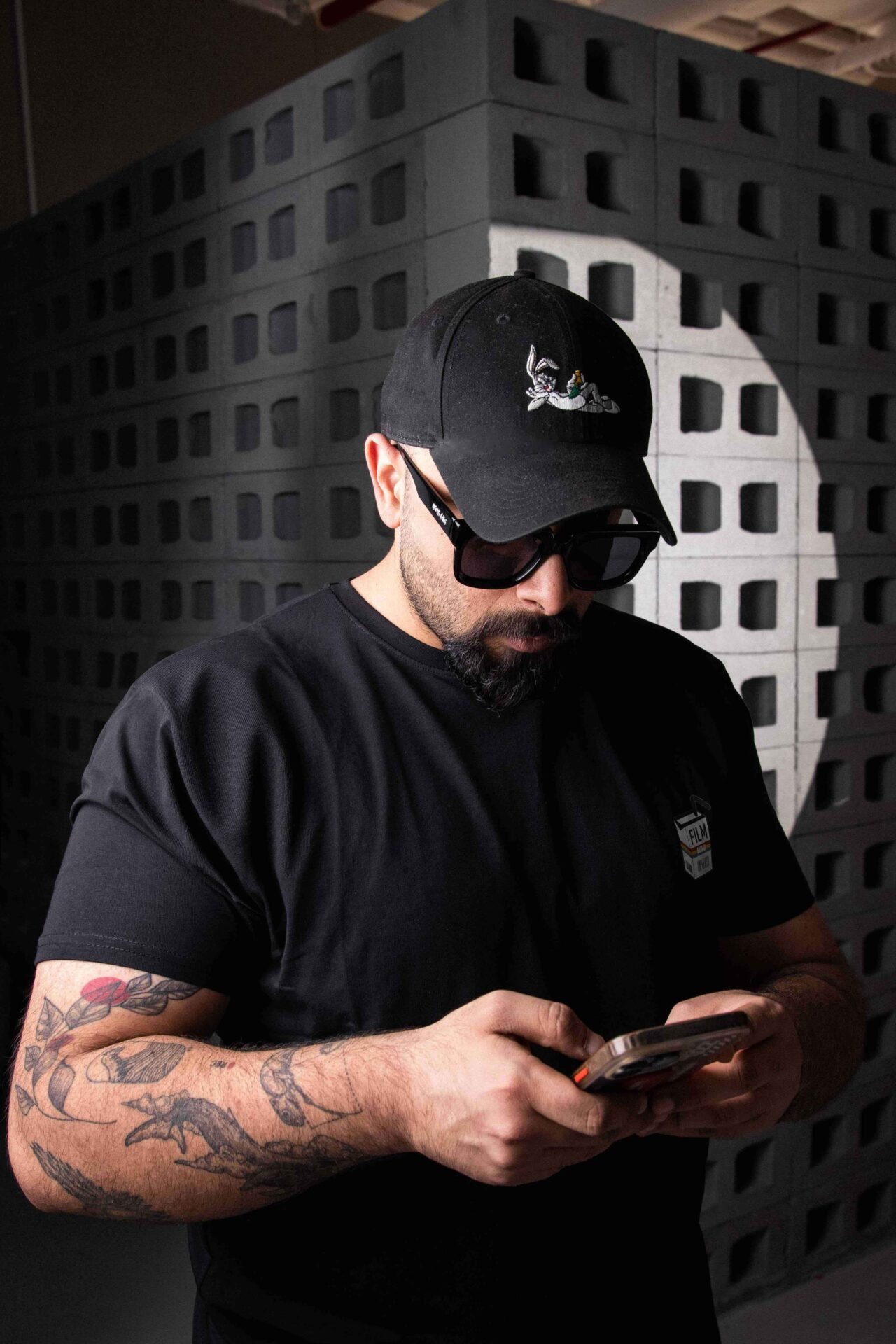
Can you share some behind-the-scenes moments from The Exchange 2 that were particularly memorable?
Shooting in Failaka Island was one of the biggest challenges and one of the most unforgettable experiences of my career. The island wasn’t a film-friendly environment; the logistics were intense, the weather unpredictable, and the terrain unforgiving. Every shot required extra effort, from moving heavy equipment across rough landscapes to adapting to the island’s raw, unpolished nature. But that same unpredictability gave the film a rare authenticity.
One of my best filming moments ever was shooting in the ruins. There was something surreal about capturing a story of resilience and transformation in a place that itself held so much history. The decayed structures, the silence of the abandoned spaces—it all added an unspoken weight to the scenes. Instead of treating the ruins as just a backdrop, I let them become part of the storytelling, using them to visually echo the struggles and ambitions of the characters. It was raw, cinematic, and exactly the kind of challenge that makes directing worth it.
The cast of The Exchange 2 delivered outstanding performances—what was it like working with them?
Working with the cast of The Exchange 2 was about more than just performances; it was about crafting fully realized characters with depth, rhythm, and emotional precision. From the first table read, I made sure every actor understood not just their dialogue but the emotional beats driving each scene. I created a formula that gave them complete clarity on where they were in their journey—what they should feel, how they should react, and how that translated physically and vocally.
I also worked smartly to introduce the newcomers in Season 2, making sure they seamlessly integrated into the established world while bringing fresh energy to the story. Guiding them through rehearsals, blocking, and staging, I ensured they connected with the material in an organic way. At the same time, I truly enjoyed working with industry heavyweights like Suliman Al-Bassam and Hamad Ashkanani, pushing them to explore new dimensions in their performances.
Throughout filming, I was meticulous in shaping both the internal and external beats not just on set but also in the edit, refining every reaction and pause to maximize impact. The result? A cast that moved in perfect sync with the heartbeat of the story, delivering performances that felt raw, layered, and undeniably real.
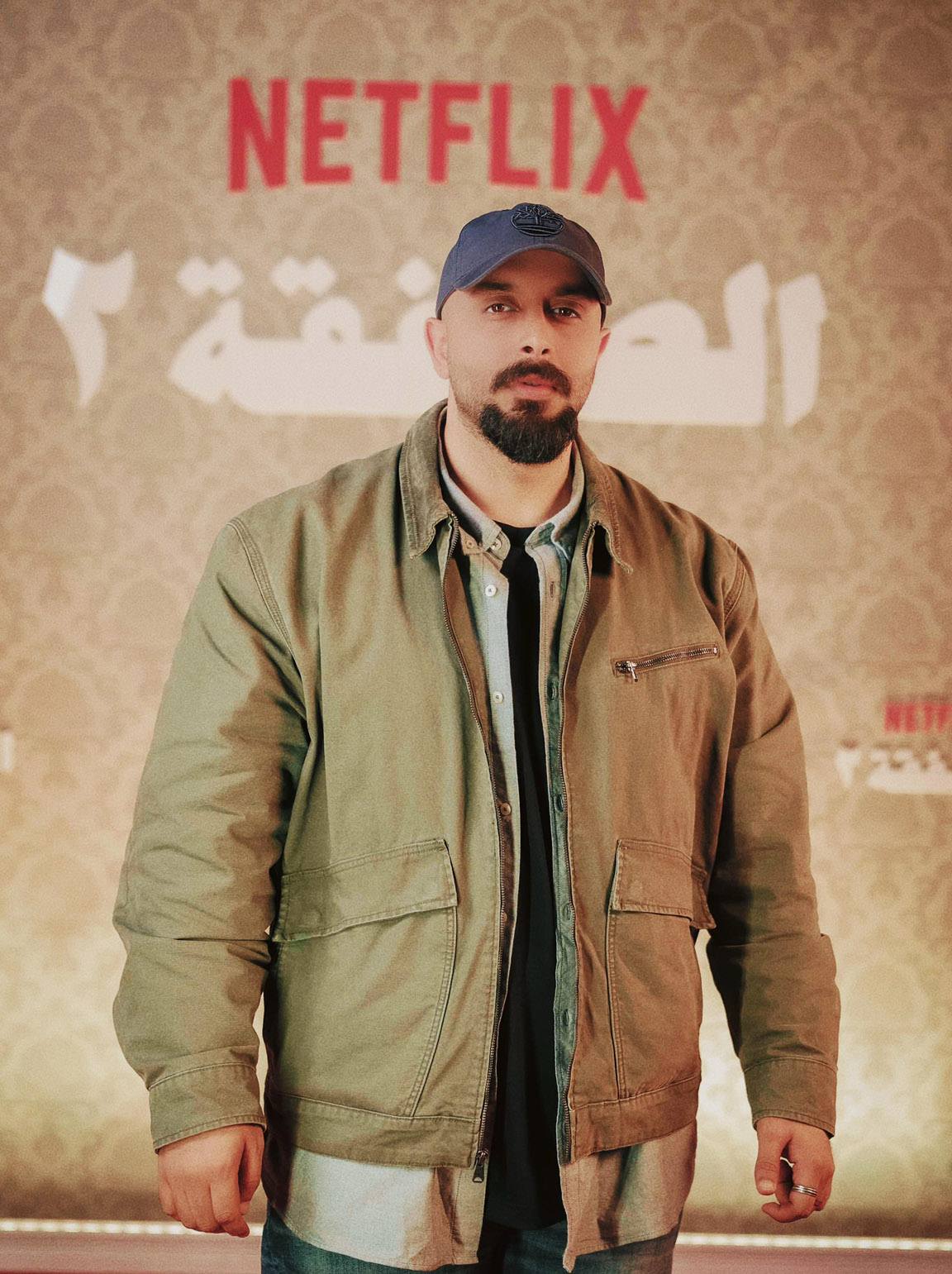
What was the biggest difference between directing The Exchange 1 and The Exchange 2?
The biggest difference between directing The Exchange 1 and The Exchange 2 was the complexity of the storytelling. Season 2 had more depth in the characters and a richer use of subtext, which meant every scene required a more intricate approach. The emotional layers weren’t always spoken; they had to be felt through framing, pacing, and performance.
This demanded more scene setups and a significantly higher shooting ratio than Season 1. Every moment needed extra precision, from blocking to lighting, to ensure that the subtext was just as powerful as the dialogue. It was a more ambitious season, requiring a sharper directorial eye to balance visual storytelling with nuanced performances. The challenge was bigger, but so was the reward delivering a season that felt deeper, more cinematic, and even more immersive.
You’ve worked on many acclaimed projects—do you have a personal favorite? If so, why?
Each project I’ve worked on has its own taste and a special place in my heart. Every film and series has taught me something new whether it’s about storytelling, directing actors, or refining my visual language. But if I had to choose a personal favorite, The Cage on Netflix stands out.
It was a lighthearted story packed with dark comedy, witty dialogue, and intense couple fights exactly the kind of material I love working with. Balancing humor with raw, emotional conflict was a challenge I truly enjoyed. The rhythm of the scenes, the comedic timing, and the layered performances made it a project where I could push my craft in a way that felt natural to me. It was smart, sharp, and full of energy definitely my cup of tea.

What is your creative process like when approaching a new project?
My creative process starts with one question: What’s the heartbeat of this story? I break it down from the inside out exploring character depth, emotional beats, and the visual rhythm that will shape the narrative. From there, I craft a cinematic language that serves the story, ensuring every frame, cut, and movement has purpose. It’s a balance of instinct and precision building a world that feels alive while staying sharp on execution.
How do you see the evolution of storytelling in Kuwaiti and Gulf cinema?
Storytelling in Kuwaiti and Gulf cinema is evolving rapidly, especially in Kuwait and Saudi Arabia. We’re seeing a bold shift bigger productions, stronger narratives, and a deeper focus on cinematic language. Filmmakers in the region are pushing boundaries, moving beyond conventional storytelling to create work that resonates on a global scale. We’re taking major steps to elevate the industry, refine our craft, and prove that Gulf cinema has the depth, complexity, and vision to stand alongside the best in the world. This is just the beginning.
Are you currently working on any new projects that you can share with us?
I can’t reveal too much, but let’s just say I have something huge in the works in Saudi Arabia. It’s a project that pushes boundaries and takes storytelling to a whole new level. Stay tuned this one is going to be special.

Your work blends Kuwaiti culture with global storytelling—how do you strike that balance?
Simply put, I have deep Kuwaiti insights because I was born and raised here, and I gained an international perspective from my eight years of film studies in New Zealand. This blend allows me to stay true to Kuwaiti culture while crafting stories with a cinematic language that resonates globally. It’s about authenticity with a universal appeal bringing local stories to life in a way that feels both personal and international.
You won CP Magazine’s Inspiring Men’s Award last year—what did that recognition mean to you?
Appreciation is priceless. Winning CP Magazine’s Inspiring Men’s Award was a reminder that passion, hard work, and dedication to storytelling don’t go unnoticed. It’s not just about personal recognition; it’s about pushing Kuwaiti and Gulf cinema forward and inspiring others to do the same.
How do you define success as a director?
Success as a director isn’t just about accolades or commercial hits; it’s about impact. It’s when a story you’ve crafted lingers in people’s minds, when a scene evokes a real emotion, or when an actor delivers a performance that feels raw and alive. It’s about pushing boundaries, refining your craft, and staying true to your vision while still evolving with every project. For me, success is knowing that I’ve created something that moves people whether it’s in Kuwait or on a global stage.
What was the most challenging scene you’ve ever directed, and why?
The most challenging scene I’ve ever directed was the crescendo moment in The Exchange Season 1, Episode 6 when Farida pulls the alarm, and it starts raining on the exchange floor.
It was a high-stakes scene, both emotionally and technically. The intensity had to build seamlessly, leading to that chaotic yet cinematic release. Managing the water effects, the movement of the traders, and the raw emotion in Farida’s performance all while keeping the rhythm tight required absolute precision. Every detail had to be perfect—from camera movement to pacing—to make sure the moment hit with full impact. It was one of those scenes where everything had to come together flawlessly, and when it did, it became one of the most powerful moments in the show.

What advice would you give to young filmmakers in Kuwait who want to break into the industry?
If you want to break into filmmaking in Kuwait, stop waiting for permission. The industry is still evolving, which means there’s room to shape it but only if you bring something fresh to the table. Master your craft, watch everything, and don’t just copy Jasem, Daham, or what’s been done—push it further. Understand that filmmaking isn’t just about passion; it’s about discipline, problem solving, and knowing how to tell a story in a way that sticks. And most importantly, start now. Even if it’s with a phone, even if it’s rough just create. The more you make, the sharper you get.
What has been the most rewarding moment of your career so far?
The most rewarding moment of my career so far was seeing The Exchange premiere on Netflix and knowing that a Kuwaiti story, told with a bold cinematic vision, was reaching audiences worldwide. It wasn’t just about the scale it was about proving that our stories, our culture, and our filmmaking can stand on the global stage. Seeing people from different backgrounds connect with the characters, the themes, and the world I built was a reminder of why I do this. That feeling of impact that’s what makes it all worth it.
How do you unwind when you’re not working on a project? Any hobbies or passions outside of filmmaking?
When I’m not deep in a project, you’ll probably find me on a dirt bike, pushing limits and clearing my mind on the trails. It’s the perfect balance to the precision of filmmaking raw, fast, and instinctive. Outside of that, I run a rental company that keeps me sharp on the business side of things. But above all, I’m a loving father, and nothing grounds me more than spending time with my family. It’s all about finding that balance between adrenaline, creativity, and the things that truly matter.

If you could direct a film or series in any genre, you haven’t explored yet, what would it be?
I would love to direct a combat film, specifically one that depicts the horror of the Iraqi invasion of Kuwait. It’s a story that holds deep emotional and historical weight, and I believe it deserves a raw, cinematic portrayal that captures the fear, resilience, and untold human stories of that time. War films have a unique power to immerse audiences in history, and bringing this chapter of Kuwaiti history to the screen in an authentic, visceral way is something I’m deeply passionate about.
Your message for us at CP magazine.
CP Magazine has always been a platform that celebrates vision, ambition, and creativity, and I’m honored to be part of that conversation. Storytelling whether in film or in print is about capturing moments that inspire, challenge, and resonate. Keep pushing boundaries, keep highlighting voices that matter, and most importantly, keep telling stories that leave a mark. Thank you.
